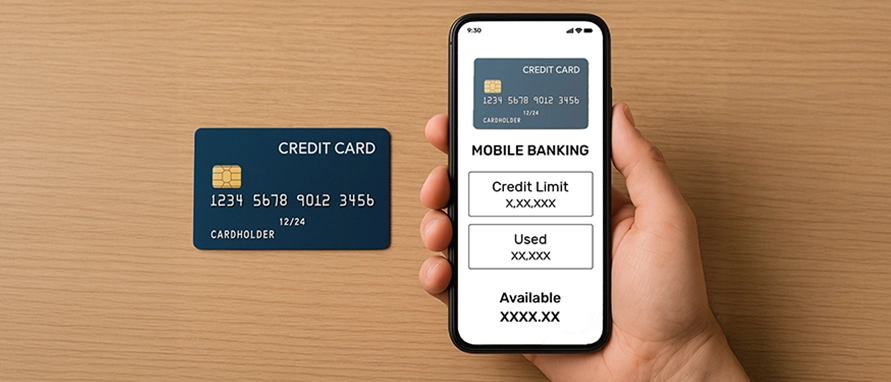Credit card issuers consider several key factors when deciding your credit limit. These include:
Income
Your monthly or annual income is a major factor. Typically, your credit limit ranges from two to three times your monthly income. For example, if you earn ₹50,000 per month, the limit may be between ₹1,00,000 and ₹1,50,000. A stable and higher income generally results in an increased credit card limit.
Credit History and Credit Score
Your past borrowing behaviour, repayment punctuality, and overall creditworthiness are crucial. A good credit score (usually above 750 on CIBIL in India) and a clean repayment record increase your chances of receiving a higher credit limit on your credit card. This also means that maintaining a good credit score can positively impact your credit limit.
Existing Debt and Liabilities
Banks assess your current outstanding loans and credit card balances. If you have high existing debt, your credit limit may be lower as you are seen as a higher risk borrower.
Payment History
Consistent on-time payments and full repayment of previous credit card bills demonstrate financial discipline, encouraging issuers to offer a higher limit.
Employment Stability
A steady job or stable business income with no gaps reassures lenders about your repayment capacity, positively influencing your credit limit.
Card Provider Policies
Different banks and credit card companies have their own internal criteria and risk appetite. Your relationship history with the provider can also impact the limit offered.
Note: It is also important to note that you can check your credit limit easily through your bank’s online portal or mobile app, allowing you to stay informed about your available spending power.






































